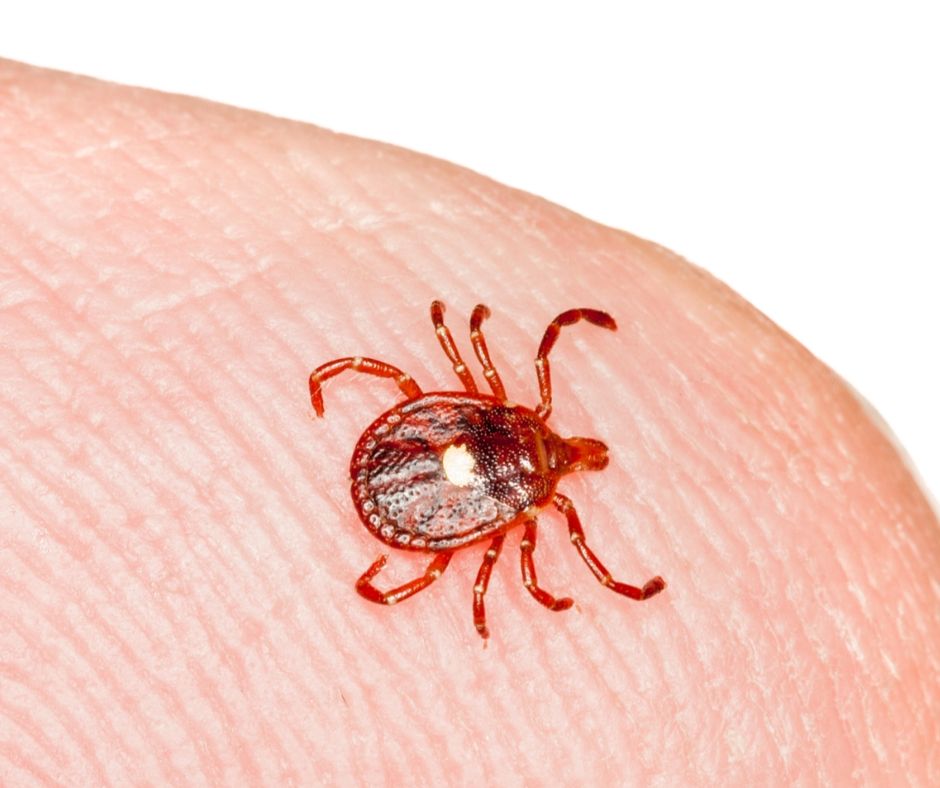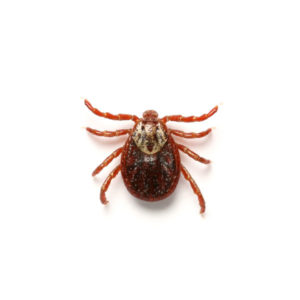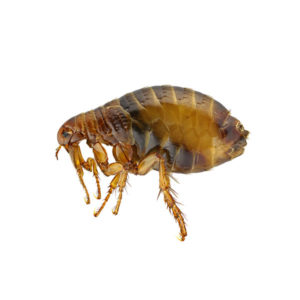
Lone Star Ticks in Atlanta, GA
The lone star tick has a range that spans from central Texas and eastern Oklahoma, heading north to Missouri, and then extending eastward across a wide belt covering the southeastern United States. Along the Atlantic coast, its distribution reaches northward to coastal regions of New Jersey and New York. Bites from the lone star tick are typically painless and often escape notice. They will remain attached to their host for up to seven days, becoming fully engorged with blood. Although it is not associated with Lyme disease, the lone star tick is a carrier of bacteria that can lead to various illnesses.
Lone Star Tick Habitat
Lone star ticks are prevalent in wooded regions and fields, with a higher prevalence around residences and structures in remote or rural locations. Adult ticks are recognized for feeding on large mammals such as cattle and white-tailed deer. They function as parasites on several types of domestic animals such as cattle, horses, goats, sheep, cats, dogs, and poultry. Humans commonly experience bites from all active life stages of this tick. While this species is seldom encountered indoors, if found inside, it is typically located on pets such as dogs and cats.
Lone Star Tick Behaviors, Threats, or Dangers
The lone star tick is recognized for its tendency to bite humans. While it doesn’t transmit Lyme disease, being bitten by this tick can induce an allergy to red meat, such as beef and pork. This particular allergic reaction is associated with a carbohydrate known as alpha-gal, and a blood test is the most effective diagnostic method. Consequently, if you suspect a lone star tick bite, seeking evaluation from an allergist experienced in this condition is highly advised. For additional details on lone star ticks, reach out to the professionals at Inspect-All Pest Services.



